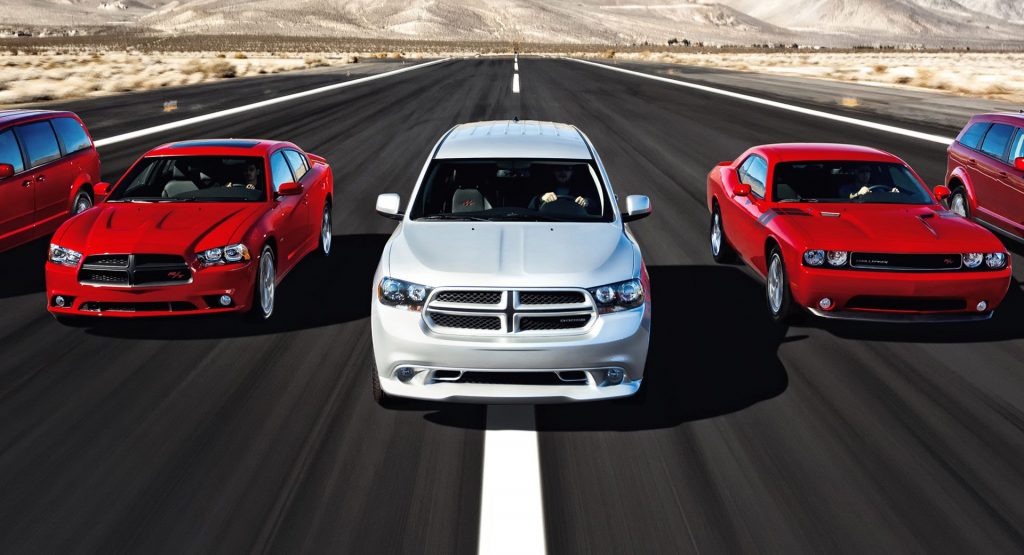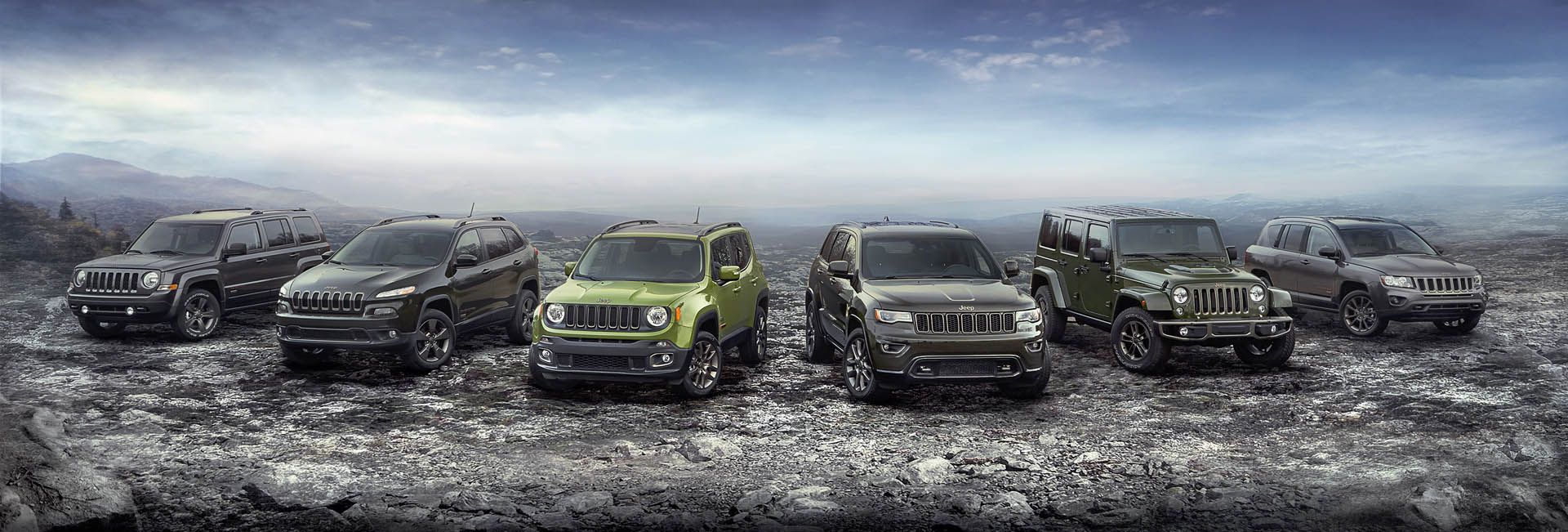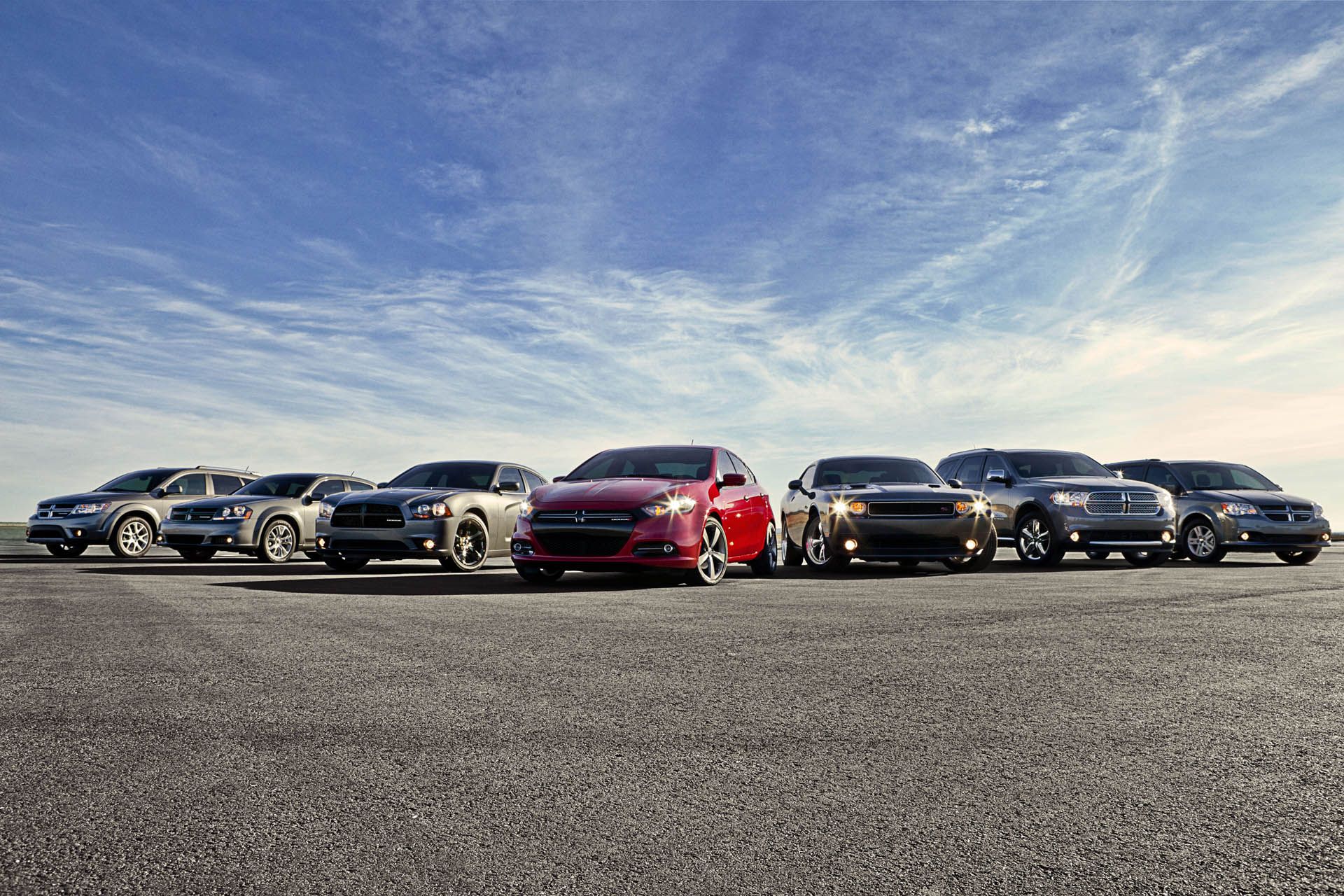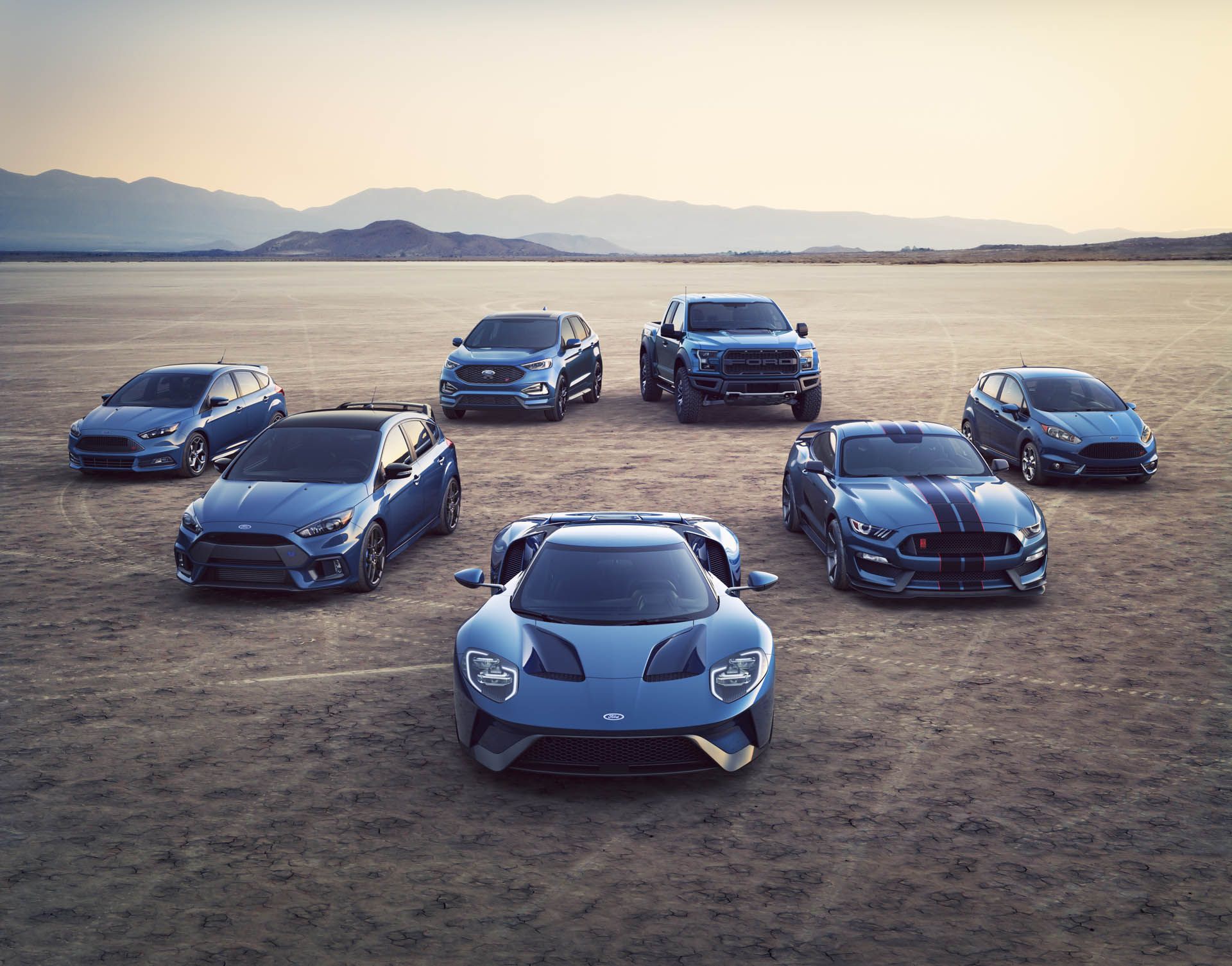Sedans are a dying breed – not only in America, but around the world. And if you want to know why, look no further than SUVs. Specifically, at their improved fuel-economy figures.
In a recent report, the industry analysts at JATO pointed out that crossover SUVs have improved their consumption ratings by considerable margins. Take the differential between the Ford Focus, for example, and its crossover counterpart, the Escape.
In 2008, the Focus was averaging 28 miles per gallon, while the Escape managed 22.8 mpg. Fast forward to 2017 and the relationship was inversed: the Escape outperforming the Focus with 24.9 mpg for the crossover and 23.6 for the passenger car.
The situation isn’t limited to Ford, either – even if it has taken the most drastic action as a result. The Honda HR-V, JATO points out, returns a combined average of 29.5 mpg, besting the Chevy Sonic’s 29.3 mpg and falling just behind the Ford Fiesta’s 29.6.
With improved fuel economy, versatility, and overall appeal, crossovers and SUVs have long since surpassed cars on the open market. In 2009, sedans held 39 percent of the US market for new cars – 12 percentage points higher than SUVs. But last year, sedans accounted for just 27 percent, and SUVs a whopping 41 percent. And the story’s much the same overseas, too.
In Europe, sedans accounted for just 8 percent of the market in 2008, and dropped to just 4.5 percent last year. And though China remains the largest market for sedans in the world, four-doors accounted for 39 percent of the market there last year, compared to 42 percent for SUVs.
Little wonder that automakers like Ford and Fiat Chrysler are getting out of the sedan market and investing more heavily in crossovers and SUVs.






